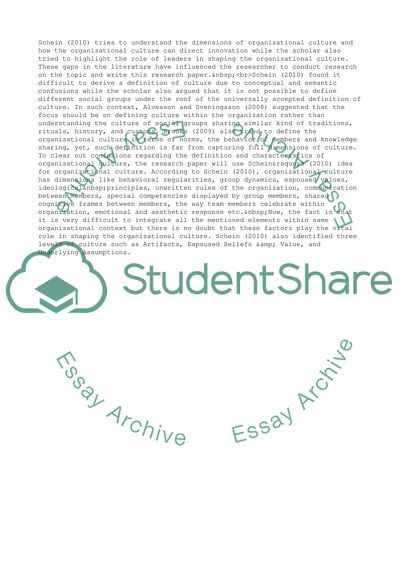Cite this document
(“Theories Regarding the Nature of Organizational Culture Research Paper - 1”, n.d.)
Retrieved from https://studentshare.org/business/1623798-culture
Retrieved from https://studentshare.org/business/1623798-culture
(Theories Regarding the Nature of Organizational Culture Research Paper - 1)
https://studentshare.org/business/1623798-culture.
https://studentshare.org/business/1623798-culture.
“Theories Regarding the Nature of Organizational Culture Research Paper - 1”, n.d. https://studentshare.org/business/1623798-culture.


